Unlocking Nature’s Majesty: A Guide to Breathtaking Landscape Photography
Landscape Photography: Capturing Nature’s Beauty –
Landscape photography is a beautiful and popular way to celebrate nature’s beauty, and I am excited to share my knowledge and provide helpful suggestions for capturing breathtaking landscape photos. In this article, I’ll talk about landscape photography, discuss techniques, equipment, and post-processing tips to help you elevate your skills and create stunning images.
I am a participant in the Amazon Services LLC Associates Program, an affiliate advertising program designed to provide a means for me to earn fees by linking to Amazon.com and related sites. This post may contain affiliate links, which means I may receive a commission, at no cost to you, for purchases made using my links. Please see my disclosure to learn more.
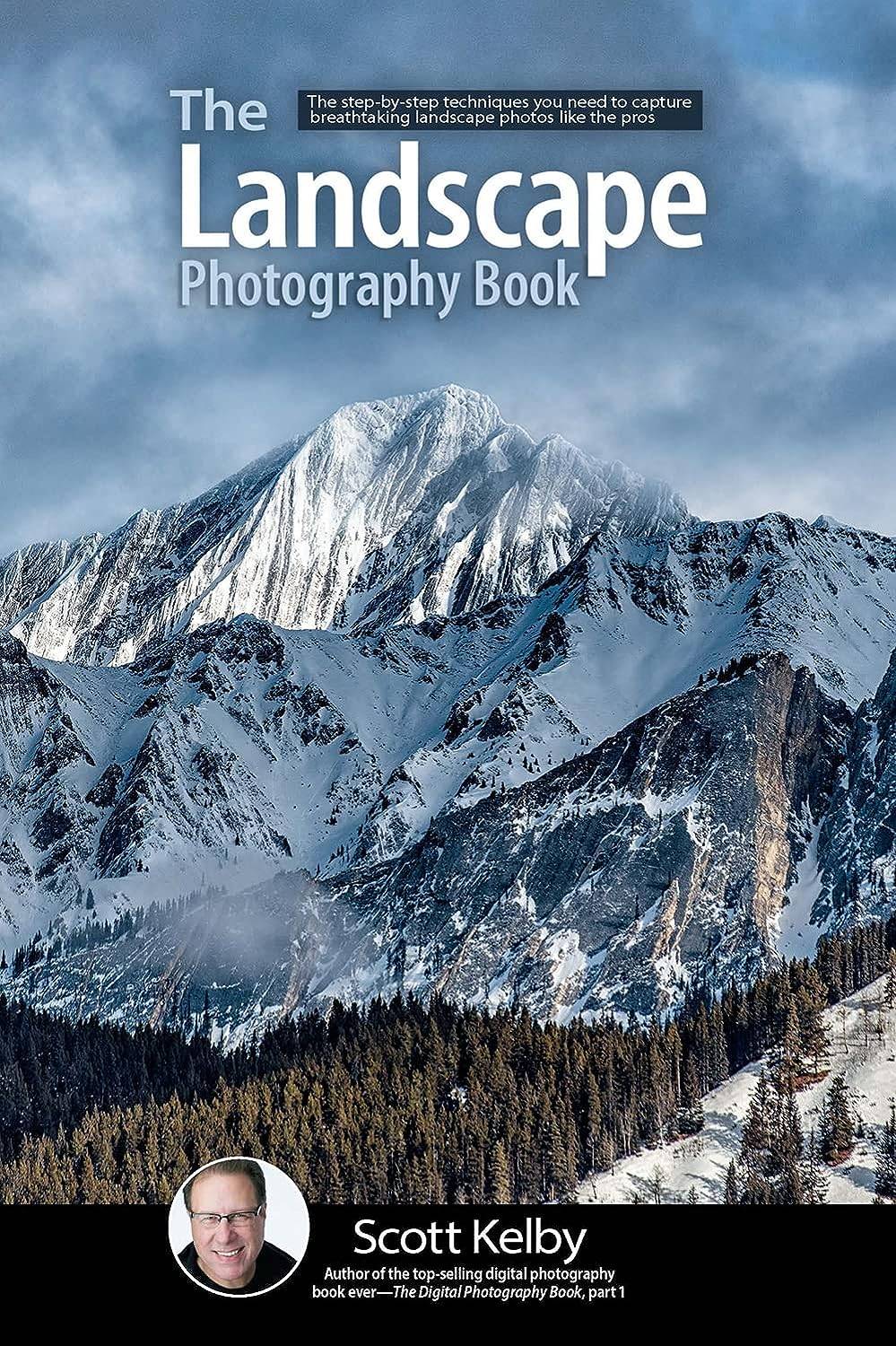
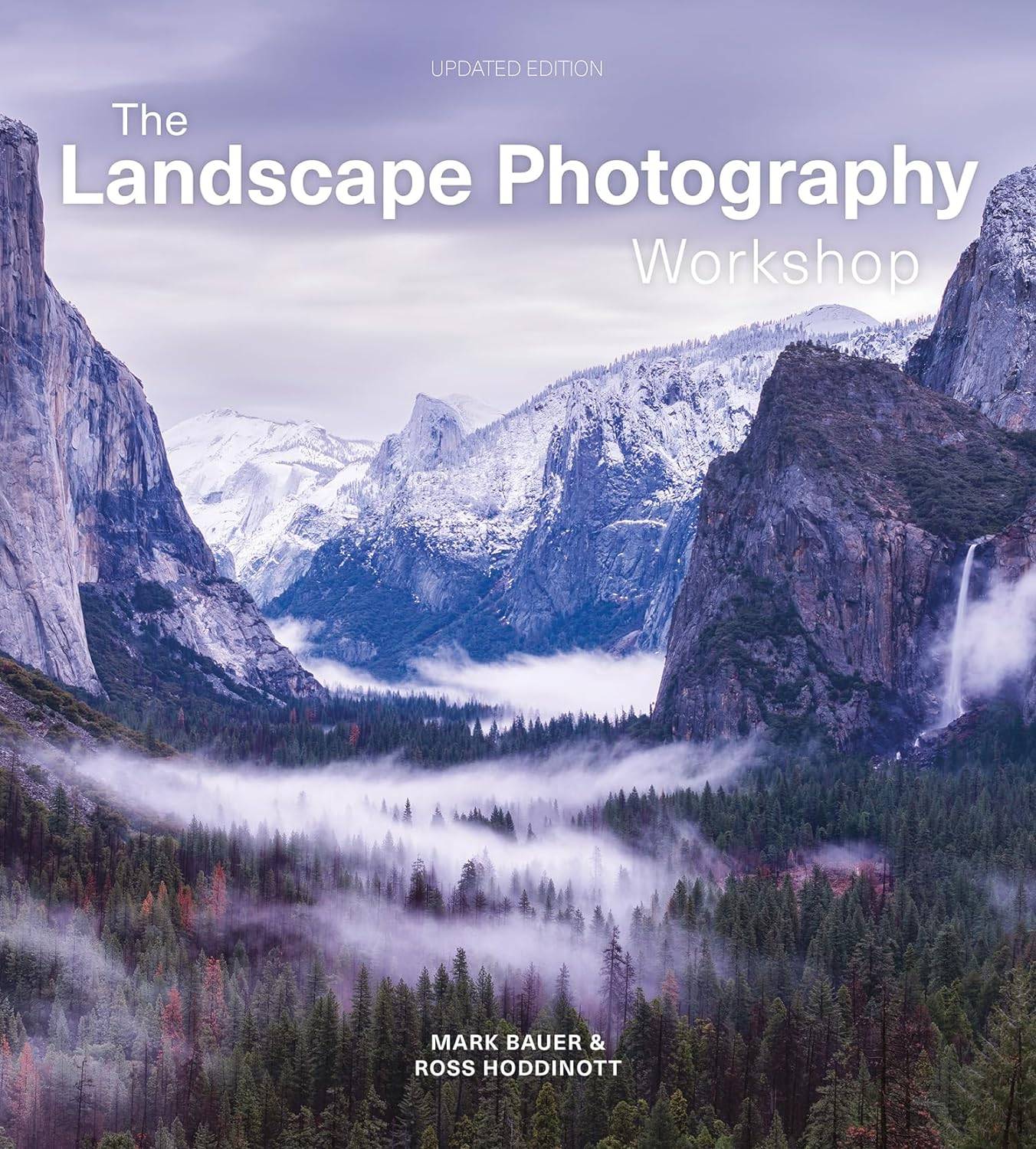
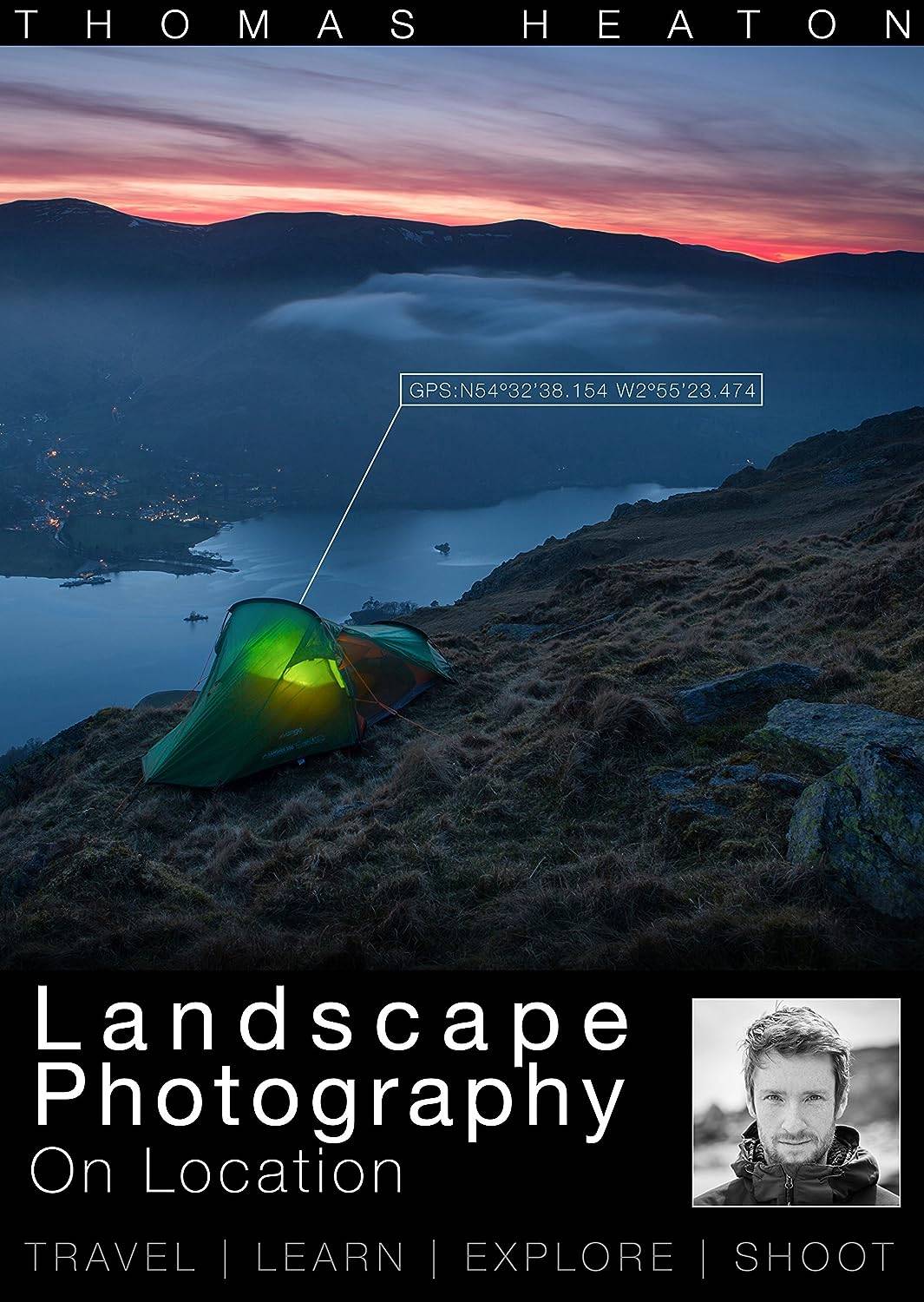
1. Understanding Landscape Photography
1.1 What is landscape photography?
Landscape photography is the art of capturing scenic natural environments, such as mountains, forests, rivers, and seascapes. It aims to convey the beauty and serenity of these landscapes, often emphasizing their vastness and grandeur.
1.2 Importance of landscape photography
Landscape photography allows us to appreciate the wonders of nature and preserve its beauty for generations to come. It enables us to showcase unique landscapes, raise awareness about environmental issues, and inspire others to explore and protect our planet.
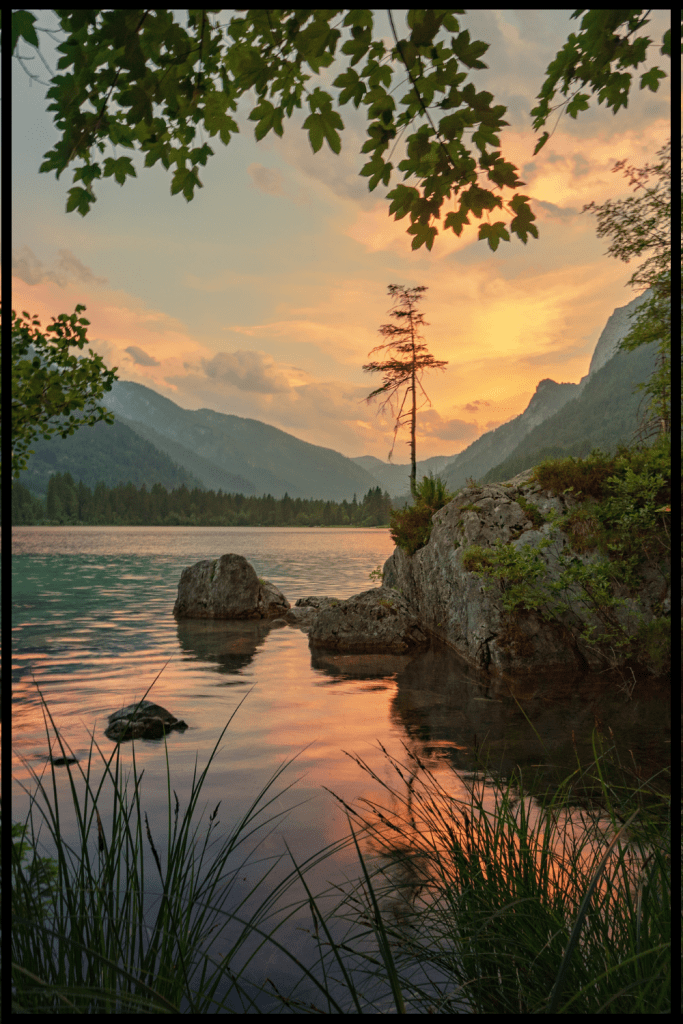
2. Essential Equipment
To capture stunning landscape photos, you need the right equipment. Here are some essentials:
2.1 Camera and lenses
Invest in a good quality DSLR or mirrorless camera capable of producing high-resolution images. Wide-angle lenses, such as 16-35 mm or 24-70 mm, are ideal for capturing expansive landscapes, while telephoto lenses can be useful for compressing distances and isolating specific elements.
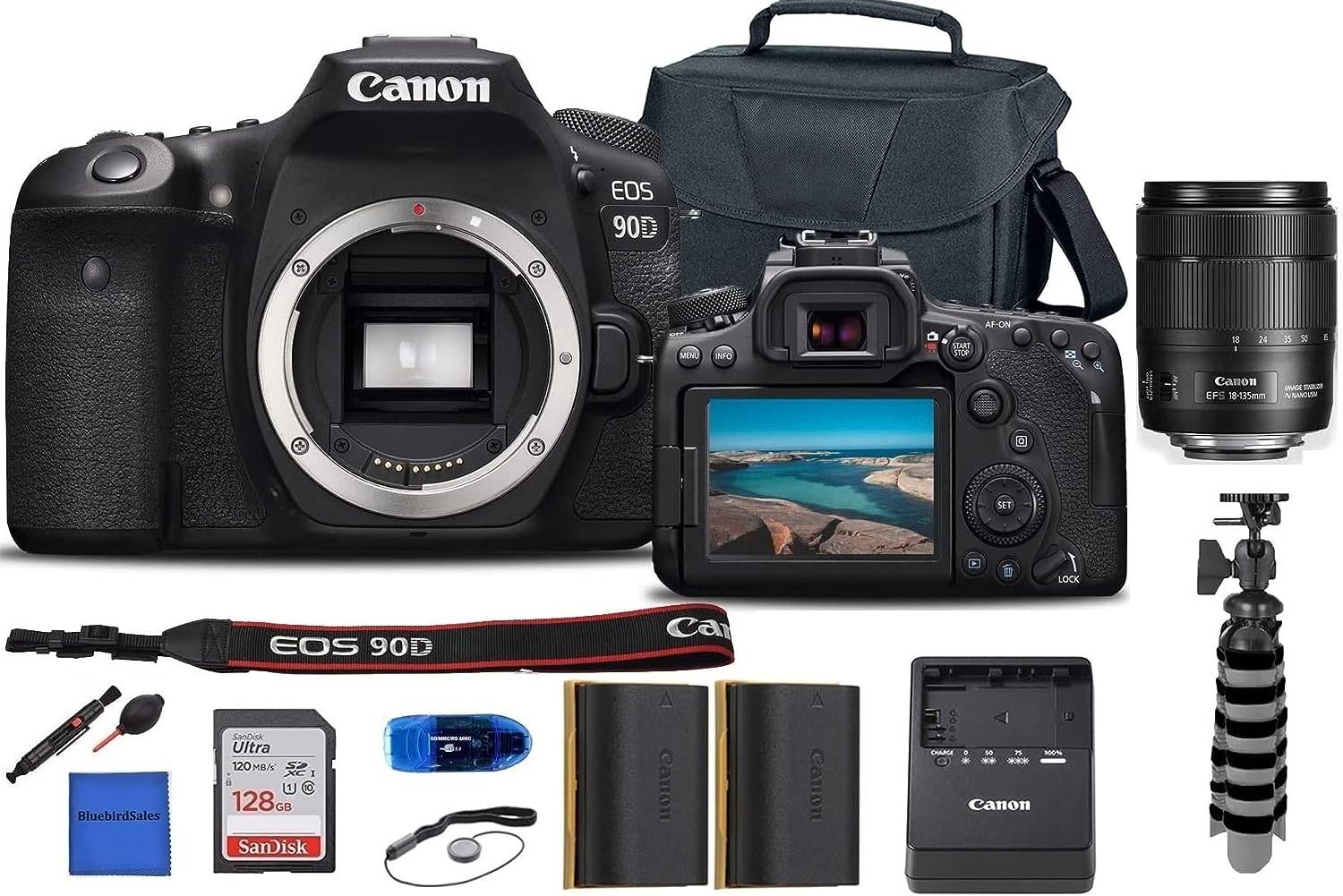
Canon EOS 90D Kit DSLR Camera Pro Bundle
The EOS 90D is packed with features like high-speed continuous shooting up to 10 fps, impressive face detection AF for easy tracking and superb focus, 4K 30P video capability, and an 8-way multi-controller for enhanced control, making it perfect for sporting events, wildlife, portrait and wedding Photography and more.
2.2 Tripod and filters
A sturdy tripod is essential for sharp images, especially during long exposures. Additionally, filters like polarizers and neutral density filters help control light, reduce reflections, and achieve long exposure effects for flowing water or dramatic skies.
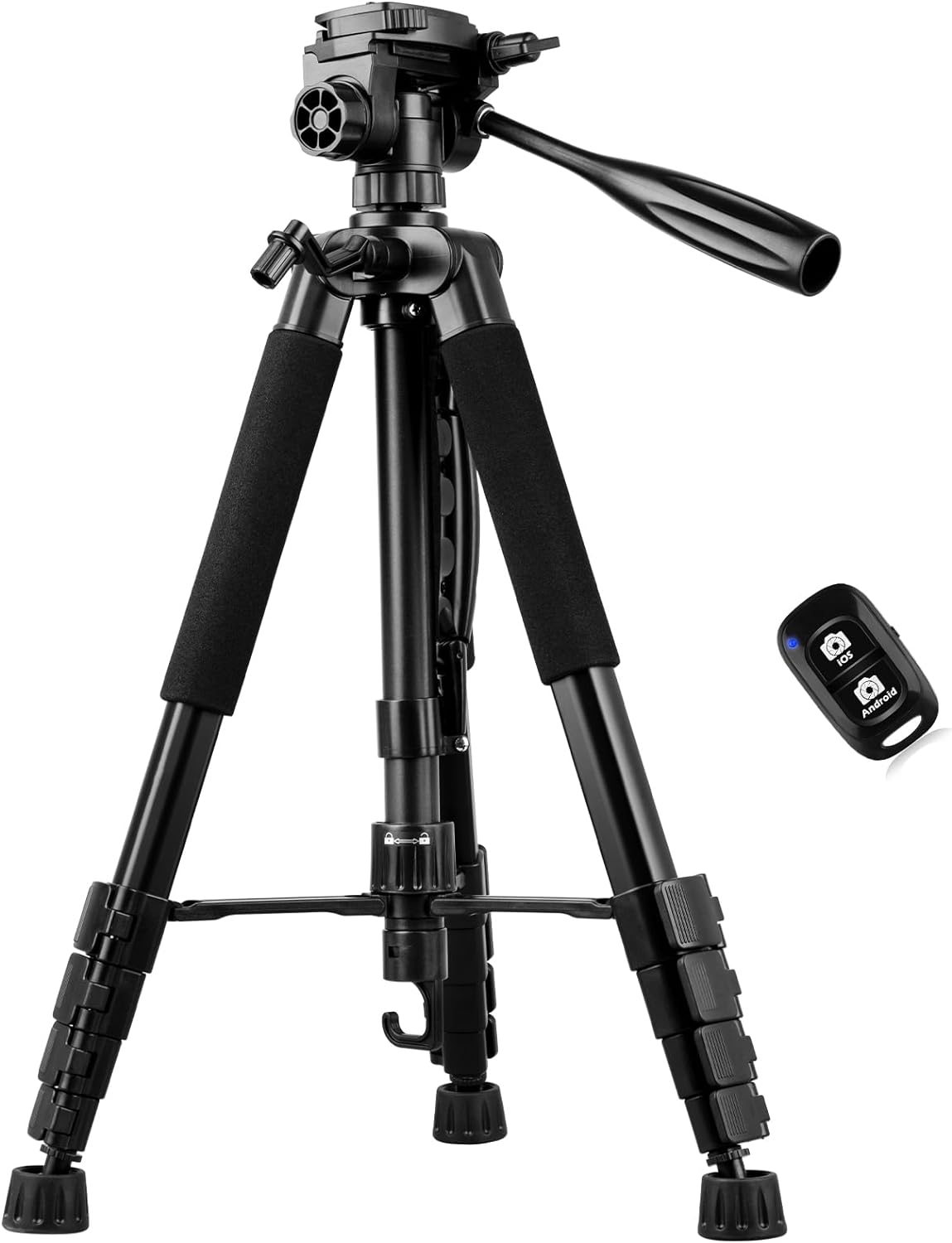
Sensyne 74″ Camera Tripod, Heavy Duty Tripod for Camera with Wireless Remote and Travel Bag
Unleash Your Creativity: The Heavy-duty camera tripod extends from 18.8in to 74in, ideal for DSLR Cameras, Cell Phones, Projectors, Webcams, and Ring Lights. Perfect for Photography, Live Streaming, Video Recording, and Vlogging. Sturdy and stable for professional-quality results. Capture stunning moments with ease.
3. Composition Techniques for Stunning Landscape Photos
Composition plays a vital role in creating impactful landscape photos. Here are some techniques to consider:
3.1 Rule of thirds
Divide your frame into a 3×3 grid and position key elements along the grid lines or their intersections. This creates balance and visual interest, drawing the eye of the viewer into the scene.
3.2 Leading lines
Utilize natural or artificial lines, such as paths, rivers, or fences, to guide the viewer’s eyes into the frame. Leading lines add depth and a feeling of direction to your photos.
3.3 Framing and foreground interest
Incorporate natural frames, like overhanging branches or arches, to create depth and draw attention to the main subject. Including foreground interest, such as flowers or rocks, adds a perception of scale and enhances the overall composition.
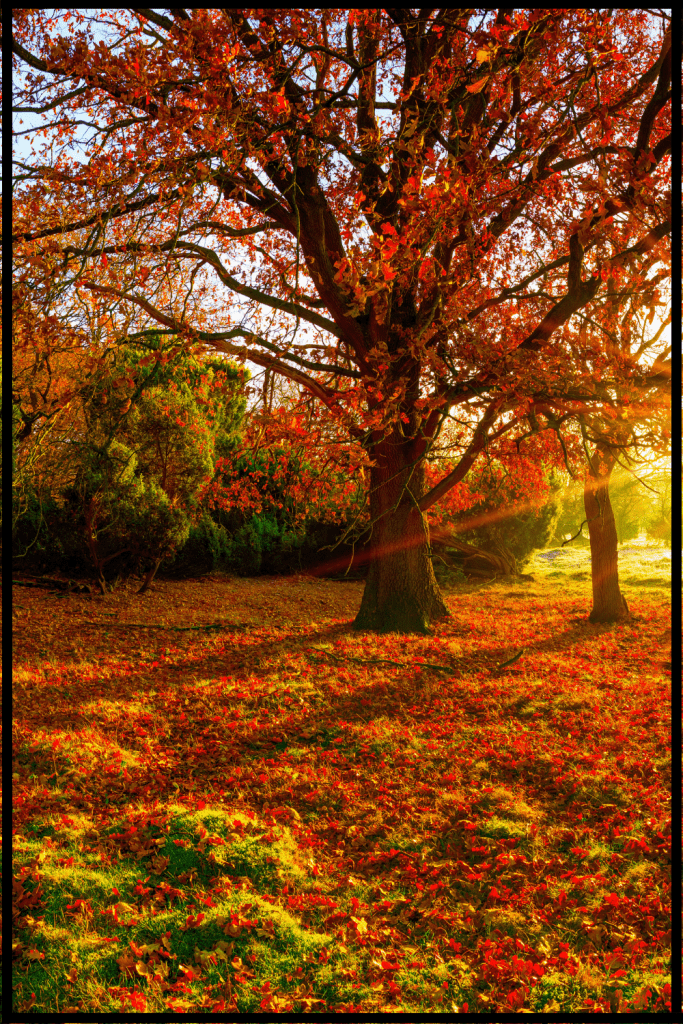
4. Capturing Light in Landscape Photography
Understanding the nuances of light is crucial for landscape photography. Here are some important considerations:
4.1 Golden hour and blue hour
Take advantage of the magical lighting conditions during the ‘golden’ hour, the times shortly after sunrise and before sunset. The warm, soft light enhances the colors and textures of the landscape. The blue hour, occurring before sunrise and after sunset, offers a unique bluish hue that adds a touch of tranquility to your images.
4.2 Dynamic range and exposure
Landscape scenes often have a wide range of light intensities. To capture details in both the highlights as well as shadows, use techniques like bracketing or graduated neutral density filters. Proper exposure is essential to retain details and avoid overexposure or underexposure.
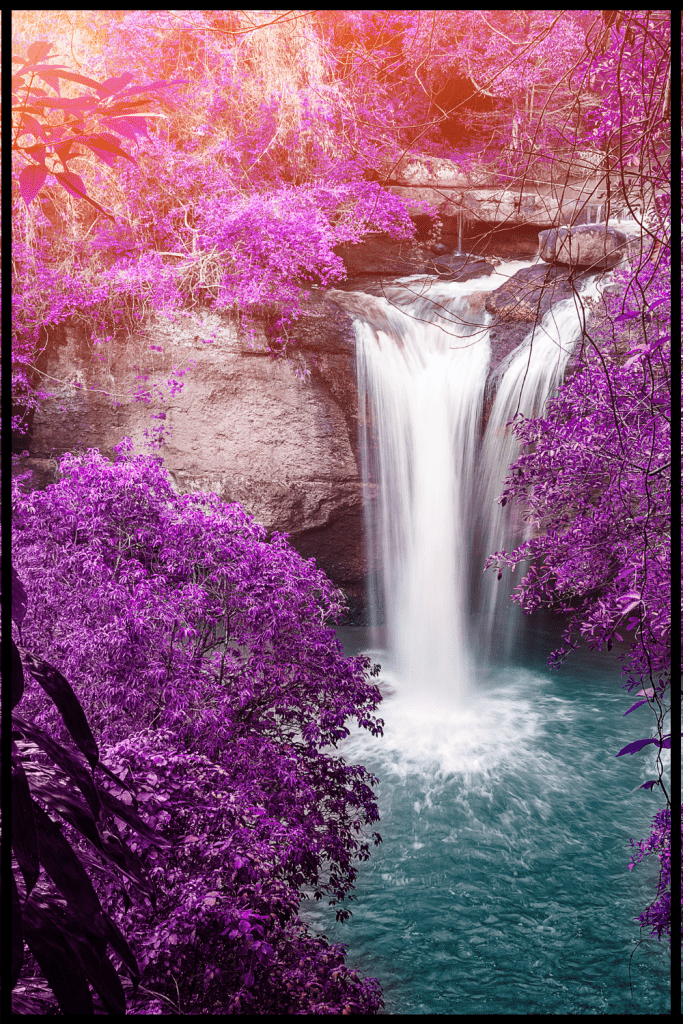
5. Post-Processing Tips for Landscape Photos
With post-processing you can enhance your landscape photos and bring out their full potential. Consider the following tips:
5.1 Enhancing colors and contrast
Adjusting the saturation, vibrancy, and contrast can make your landscapes more vibrant and visually appealing. Be mindful not to overdo it, maintaining a natural look while enhancing the overall impact.
5.2 Sharpening and noise reduction
Apply selective sharpening to emphasize details in key areas of the image, such as foreground elements or focal points. Additionally, reduce noise in high-ISO shots to maintain image quality, especially in low-light situations.
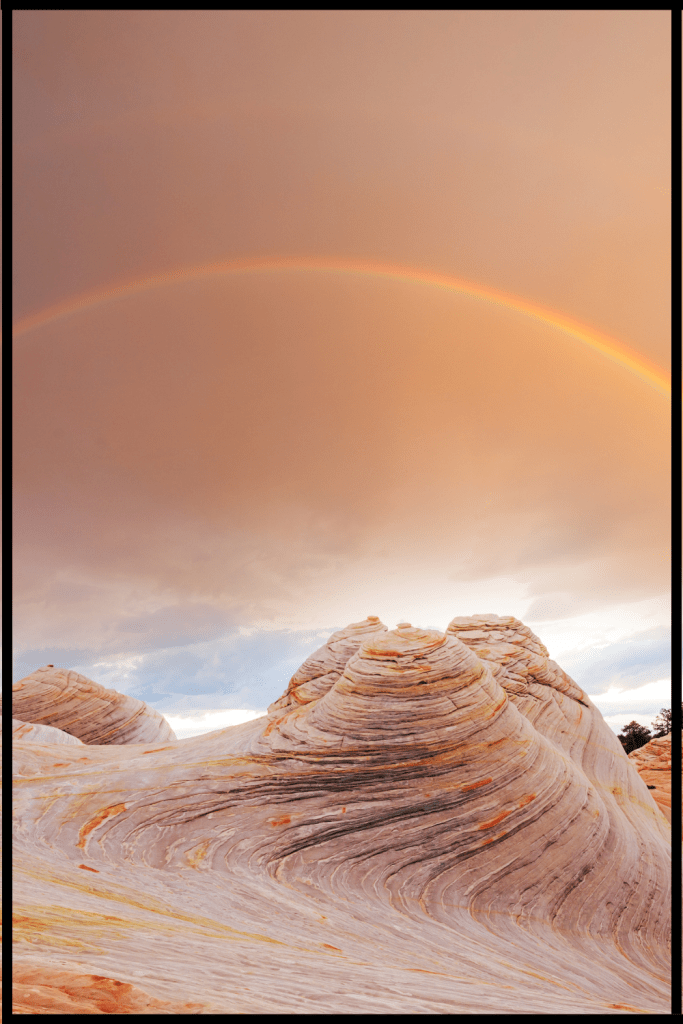
6. Finding Inspiration and Locations
Discovering inspiring landscapes and locations is essential for landscape photography. Consider the following tips:
6.1 Research and planning
Before heading out, research potential locations, studying maps, guidebooks, and online resources. Look for unique viewpoints, hidden gems, or popular landmarks that offer a fresh perspective.
6.2 Exploring local and remote areas
Don’t limit yourself to popular spots. Explore local parks, nature reserves, or even your own backyard for hidden beauty. Venture into remote areas to capture untouched landscapes, away from the crowds.
7. Last Thoughts on Landscape Photography
Landscape photography is a captivating art form that allows us to connect with nature and share its wonders with others. By understanding the techniques, equipment, and post-processing tips discussed in this article, you can elevate your landscape photography skills and create mesmerizing images that evoke emotions and inspire awe.
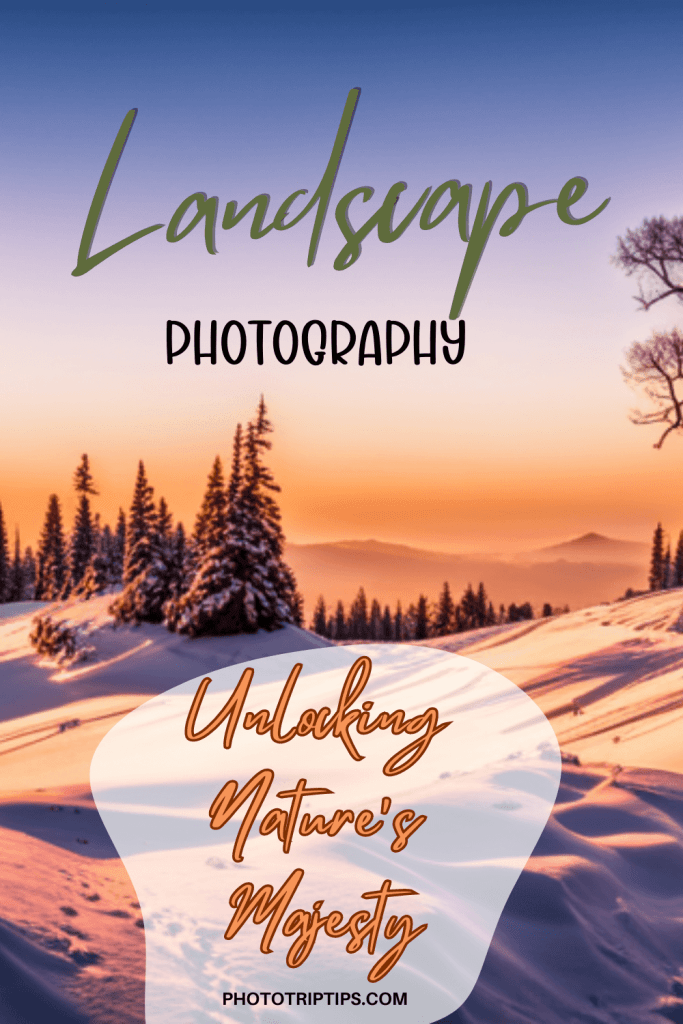
FAQs
- What camera settings are ideal for landscape photography?
It depends on the scene and lighting conditions, but generally, using a narrow aperture (higher f-stop), low ISO, and a tripod for stability yields better results.
- How can I capture reflections in water landscapes?
To capture reflections, shoot during calm weather, position yourself at a low angle, and use a polarizing filter to reduce glare.
- What are some recommended software for landscape photo editing?
Adobe Lightroom and Capture One are popular choices for editing landscape photos due to their powerful tools and versatility.
- How can I add depth to my landscape photos?
Incorporate elements in the foreground, midground, and background to create layers and give a sense of depth to your images.
- Are there any ethical considerations in landscape photography?
Yes, it’s crucial to respect the environment and follow ethical guidelines, such as staying on designated paths, avoiding disturbance to wildlife, and leaving no trace of your presence.

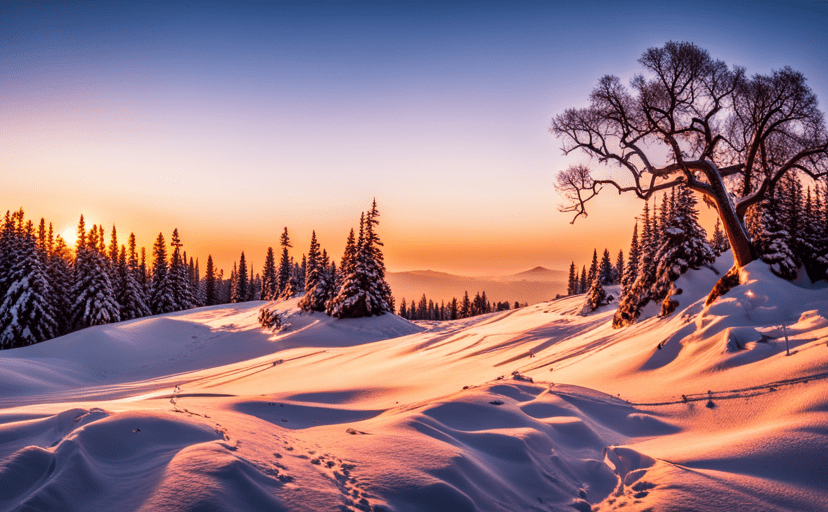



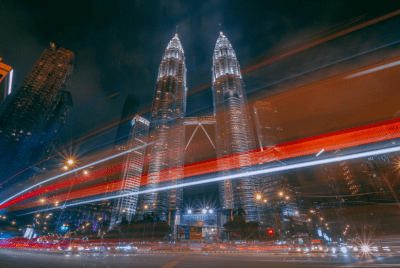

Comments are closed.